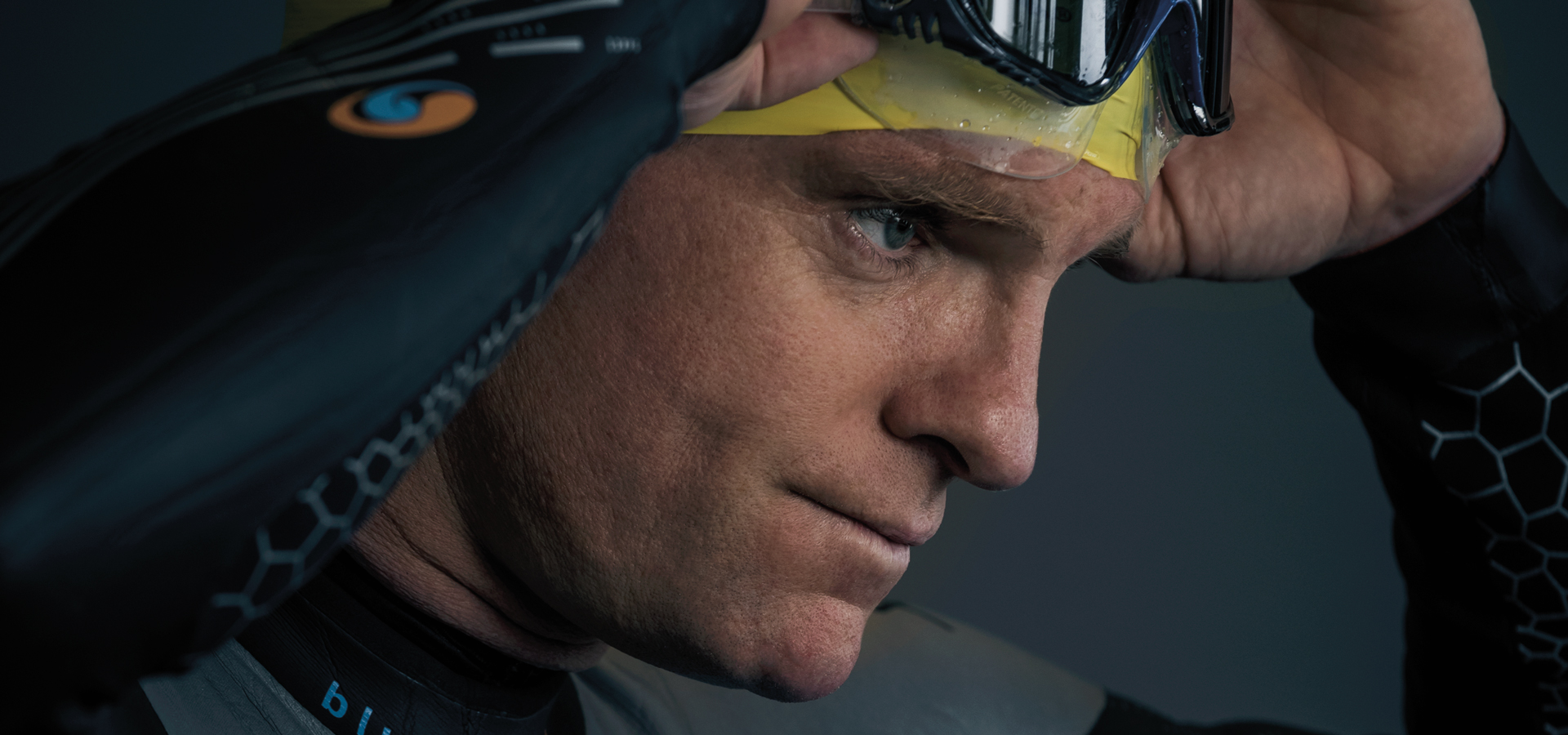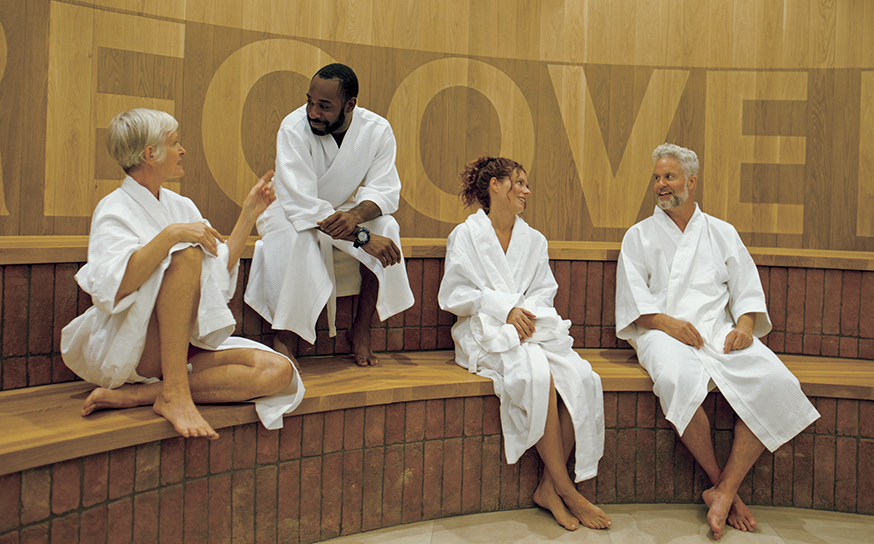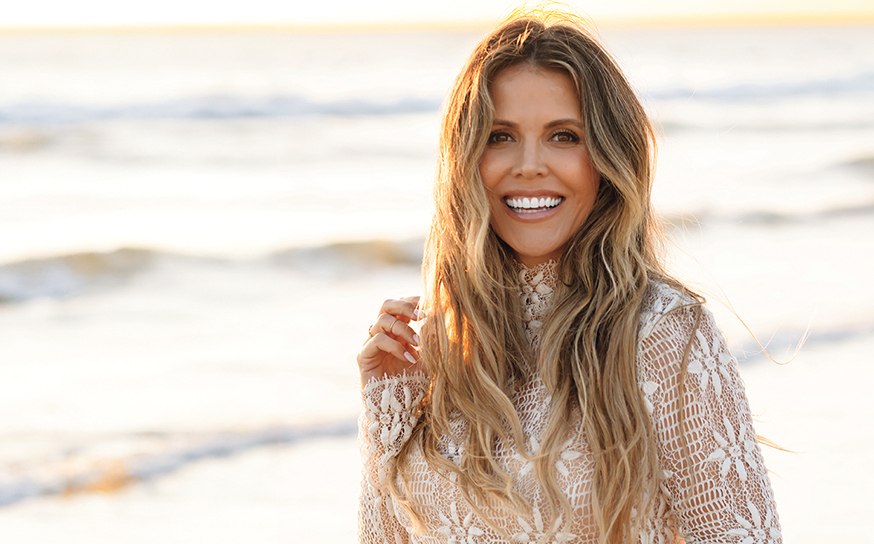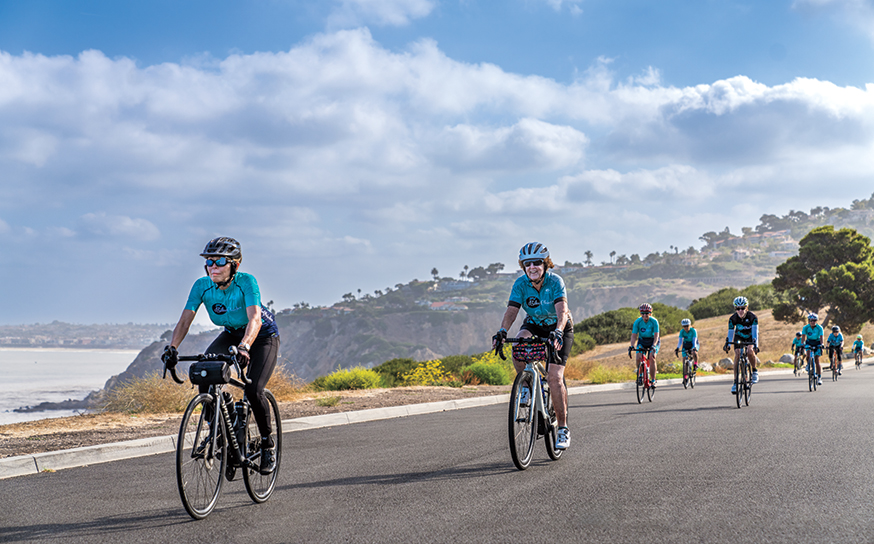Jack Nunn conquered one of the world’s most challenging triathlons
And he’s just getting started.
- CategoryHealth
- Written byAmber Klinck
- Photographed byJeff Berting
Living in Southern California, the likelihood that you’ve met someone who has competed in a triathlon race is pretty high. Due to the required months of physical preparation, the commitment to participate in the three-sport competition is an achievement in itself—regardless of where you finish. An Olympic distance triathlon race, for example, begins with a 1,000-meter swim, followed by a 24-mile bike ride and a 6-mile run.
Of course if that sounds too mild, you could always opt for a half Ironman, which just for fun doubles the Olympic distance, starting the race with a 1.2-mile swim, followed by a 56-mile bike ride and finishes with a half marathon.
The full Ironman—you guessed it—doubles that with a 2.4-mile swim, followed by a 112-mile bike ride and finishes with a full marathon. Add to those distances the extreme conditions of a 55º swim; cold and windy rainstorms; and 17,000 feet of vertical climbs at a 9% to 10% grade. Now you have the Isklar Norseman Xtreme Triathlon.
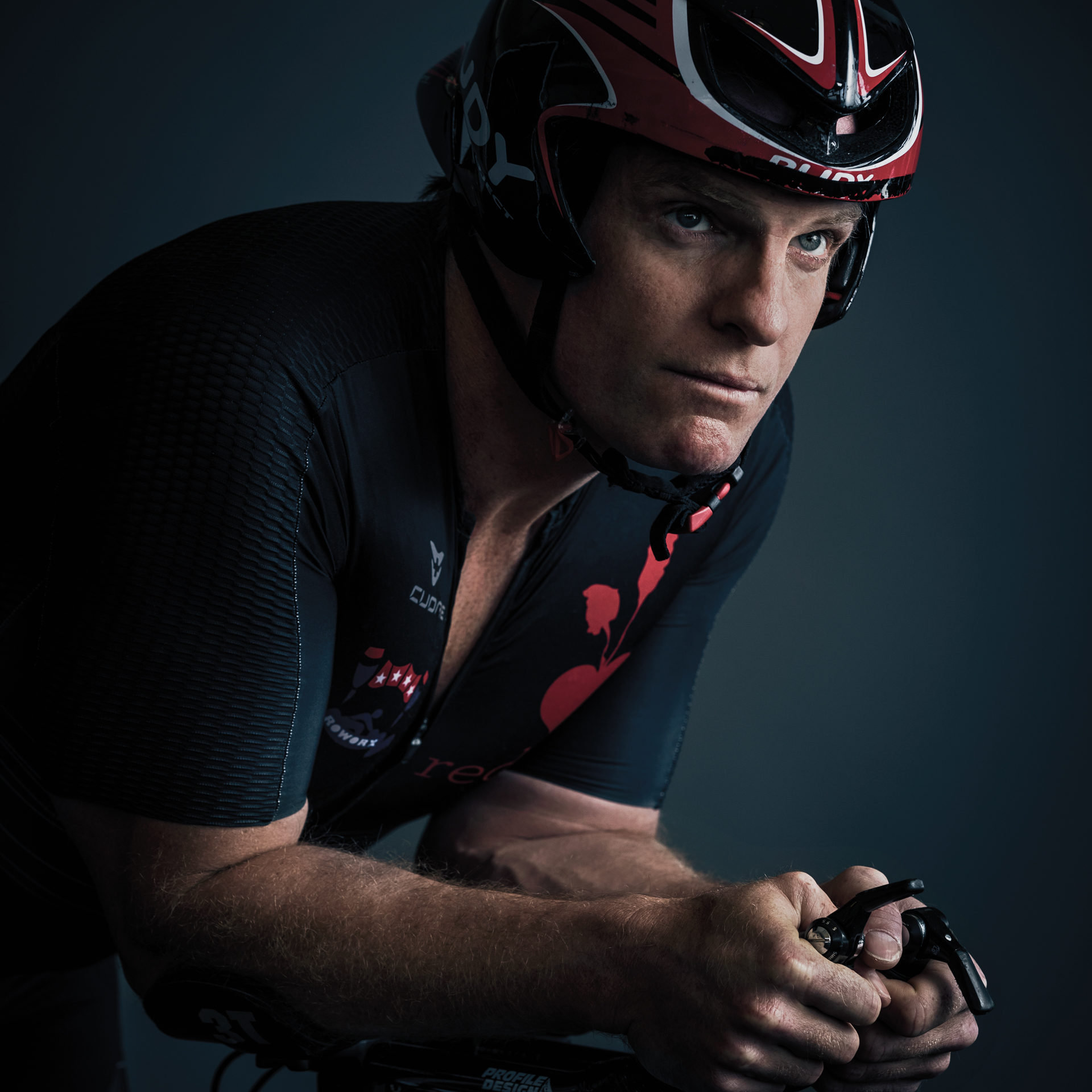
Growing up in Palos Verdes, Jack Nunn was an active kid. “I grew up skating because of my dad; that’s what he did. So I picked up ice hockey. I really loved it. And then I picked up baseball, soccer, and I surfed,” he says.
In addition to ice hockey, Jack’s father, John Nunn, would also greatly influence his son’s path toward competitive rowing. “He was an Olympian,” Jack notes. “He won a bronze medal in ‘68 in rowing, and he was an Olympic coach.”
At 6’3” tall and 220 pounds, Jack had a rower’s build and picked up the sport with ease. After high school, he went on to get a scholarship to Cal Berkley, where he won three national championships and four Pac-10s. After college he joined the National Team, where he won a silver medal at the World Championships.
When the time came to head back to Los Angeles, Jack began instructing. “I started teaching [cycling] classes at 24 Hour Fitness through their Olympic program, and then I started my fitness center (Roworx) in Long Beach.”
“A couple of years ago [a friend of my dad’s] dared me to do the race. I didn’t even know about it. He’s like, ‘You think you’re tough, try this Norseman race.’”
During that same time—around 2008—a good rowing buddy of Jack’s mentioned he was going to do an Ironman. “I said, ‘Dude, I’m doing it with you. I’ve always wanted to do an Ironman.’”
Ten years later, Jack has completed 13 full Ironman races and six half Ironmans … not to mention more than 100 (and counting) triathlons. Each race had its own challenges, whether from hot or cold weather conditions or tough terrain. During one race, the biggest obstacle Jack faced was his own health as he struggled to compete while suffering from food poisoning.
But it’s Norseman that Jack credits as being his most challenging race to date. And for good reason. “A couple of years ago [a friend of my dad’s] dared me to do the race,” Jack says. “I didn’t even know about it. He’s like, ‘You think you’re tough, try this Norseman race.’”
What makes the race so unique is its intimidating combination of extreme weather and terrain—but also the originality in which the race is set. “They’re very eccentric,” Jack explains. “They take you out on a ferry at 5 a.m., and you jump off in the middle of a fjord. It’s in the middle of the glacier, so it’s 55º. It’s cold. It’s not unbearable, but you have to wear a special wetsuit. And there are no buoys on the course, so they drop you in the middle of the fjord, and they say, ‘OK, go swim.’ It’s hilarious. They had a bonfire on the beach; that was your marker.”
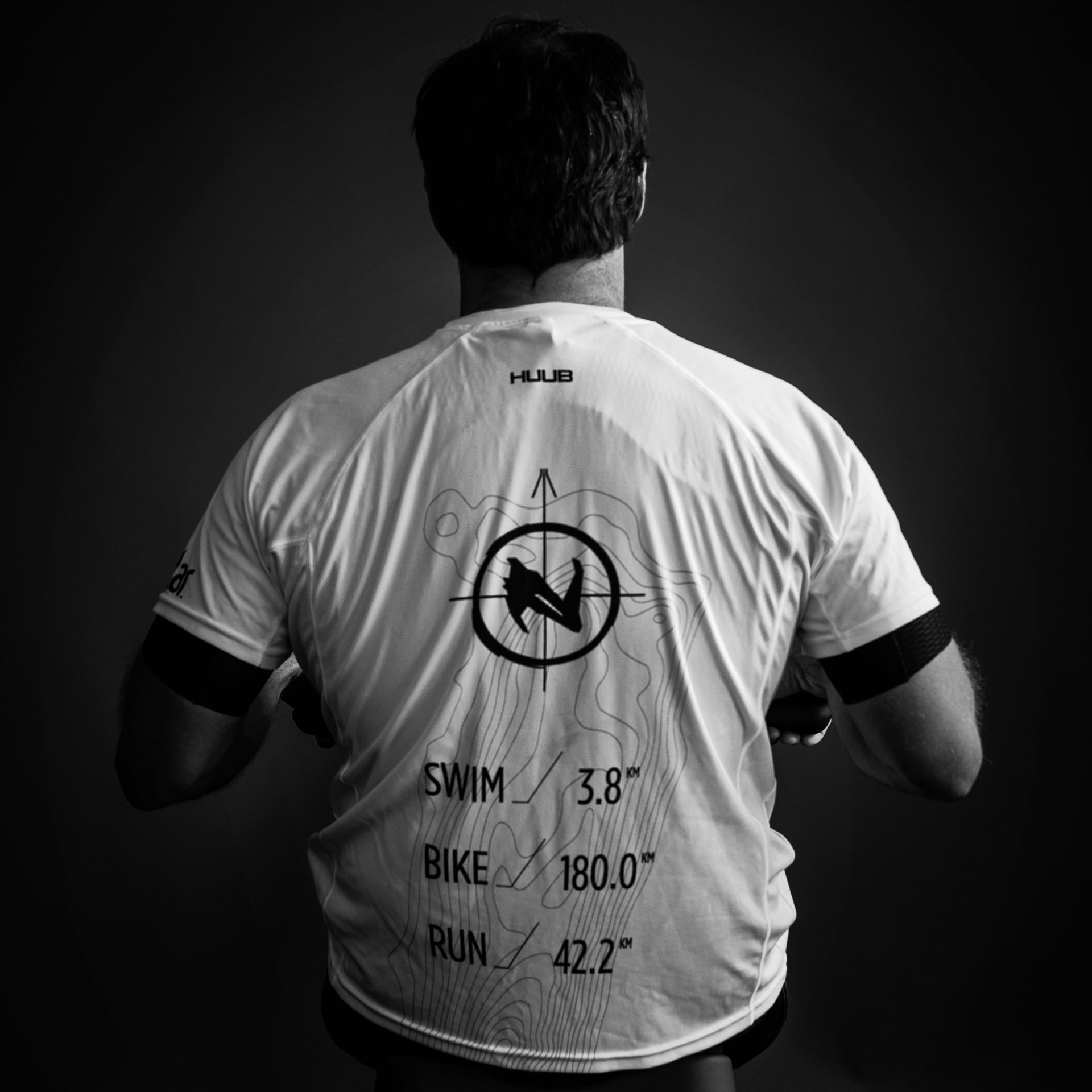
After roughly an hour and 20 minutes in 55º water, Jack transitioned into 45º winds and rains for his 112-mile bike ride up and down five massive peaks. “I’ve never seen anything like it,” Jack says. “It’s totally insane. And you’re hot and cold; it’s very extreme. Every time you go up, you’re getting hot, you’re working really hard. And then you come down, and you get cold.”
With his support crew driving by his side, providing food, water and changes of clothes, Jack completed the 112-mile bike ride and began his transition into the full marathon ahead of him. Where his large build worked against him during the steepest climbs on the bike, the strength he had built as a rower gave him an advantage during the uphill portion of the marathon.
Jack’s place in the race increased as he ran past 15 people in the zones he was told nobody runs. “I was like, ‘I’ll show these guys what rowers can do,’ and I ran up most of it,” he notes.
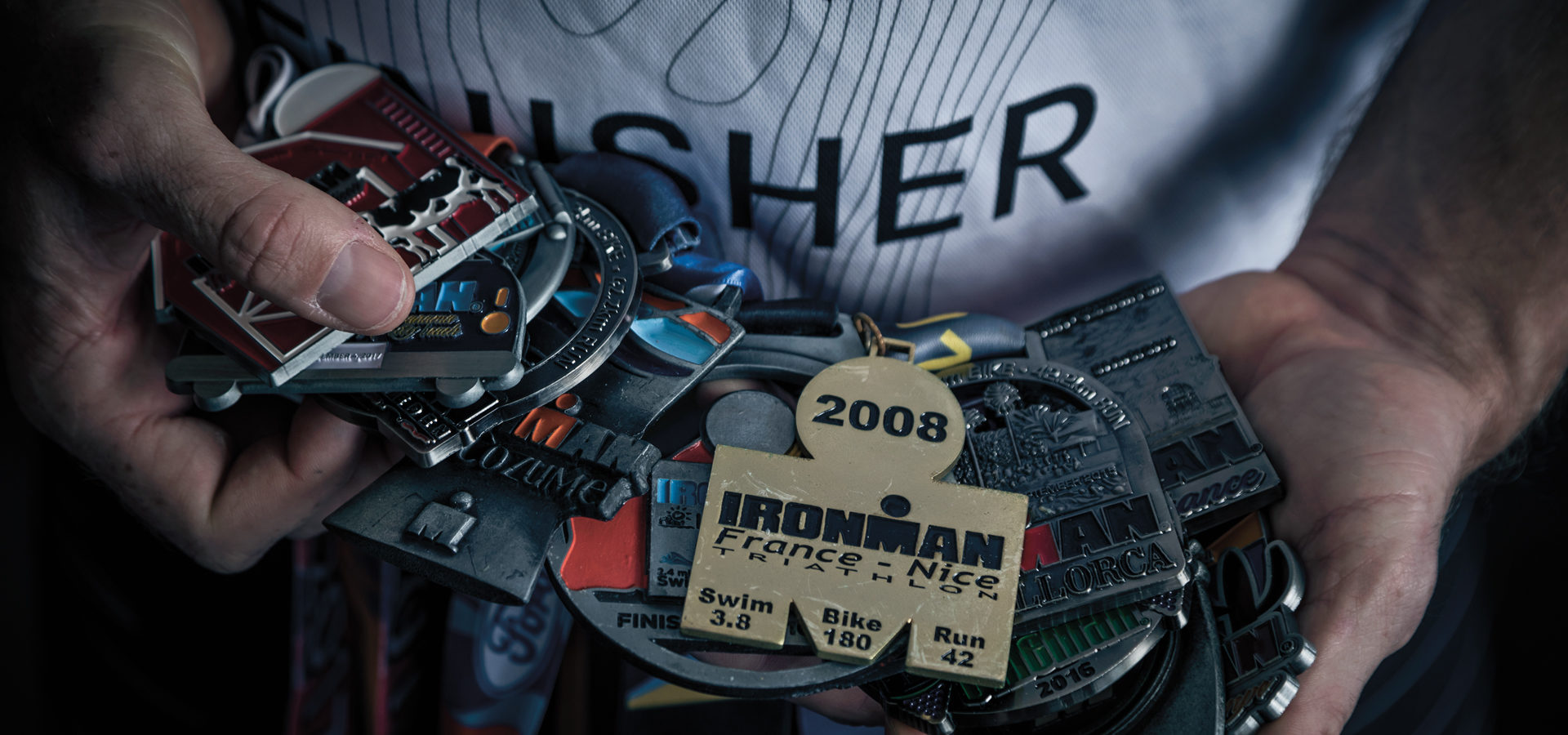
At the finish line of Norseman, there are no medals. The 250 racers, who are only accepted if they’ve been lucky enough to be pulled from a lottery after applying to compete, are there for something more. They’re looking for an elevated experience … the ultimate challenge. And Norseman gives them that. So how do you quench the thirst of an athlete who’s always looking for next big challenge?
“I signed up and I’m in—so whether I do it or not is one thing—but next year in February there’s a race called the Ultraman,” Jack says. “It’s double the Ironman distance. Actually, it’s more than double. It’s a 6.2-mile swim, followed by a 270-mile bike, followed by a 52-mile run. It’s over three days. You get 12 hours each day to finish each segment divided. So first, you swim 6.2 miles plus a 90-mile bike ride. The second day is a 170-mile bike ride, and the third day is your 52-mile run. That’s the Ultraman. It doesn’t get much press, but it’s becoming a little more popular because so many people are doing the Ironman, and they’re like, ‘What’s next?’”
Also on Jack’s radar is the 2020 Kona Ironman. “I qualified through the legacy program,” Jack notes. “It’s a lifelong goal of mine to compete in the World Champion-ship Ironman.” When he’s not training, Jack is focused on growing his business and Roworx and helping other athletes as a triathlon coach.
JACK’S YEAR IN HEALTH
TYPICAL ITINERARY:
“Weekly, it’s about the same. I teach, on average, two to three classes a day, sometimes four.”
DAILY NUTRITION:
“A lot of eggs, a lot of egg whites, brown rice and corn tortillas. Less dairy, less red meat, but I do eat chicken, fish and turkey. I eat some bagels, and Stinger gels and Juice Plus+ bars—small meals throughout the day.”
WORKOUT ROUTINE:
“People ask me a lot about what I do on my own, but [other than my instructing] that’s about it. Rowing: I push it not only because it’s my business but because I believe in it so much. 80% of my training is rowing. If you have the patience to learn the stroke, then you’ll get so much more out of it.”
GUILTY PLEASURE:
“Lately it’s been Ben & Jerry’s.”
WEAKNESS:
“I suck at basketball, and I’m not a very good swimmer.”
SPONSORS
“Red Ace Organics, Honey Stinger, Rudy Project and Tri Lab sport shop.”






